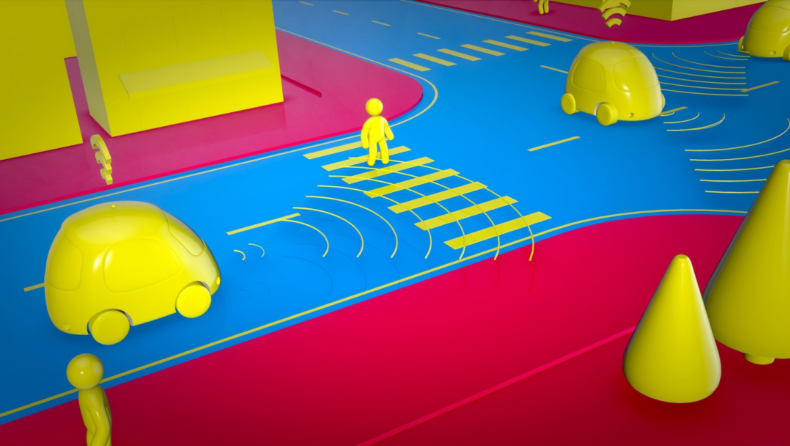Emerging technologies are boon for smart transport which brings revolutionized changes today.
The tsunamis of emerging technologies like artificial intelligence, internet of things (IoT), hyperloop, self-driving car, the array of things (AoT), commercial space exploration, 5th Gen wireless, computer vision, mixed reality, and high-performance 5G mobile routers, brining revolutionized changes in the present decade.
The traditional system of transportation drastically transforms public transportation with flexibility, efficiency, and cost-effectiveness.
The IoT allows remote, monitoring for almost any device and cost-effective data collection, while the increasing availability of 5G networks offers quick connectivity for high-bandwidth data streams. And edge computing impart data with high speed with growing number of IoT.
Public transit systems bringing rapid changes
Self-driving car
A car, buses, trams, subway, and even drone taxis vehicles may be soon driverless by using AI applications, to route autonomous public transportation.
Which can lower the risk of a human driver, improve safety and security and manage to reroute in case of emergency.
In this regard, the United States allows for truly driverless vehicles with no steering wheels, which don’t require human controls.
Zero-emission buses
The world is facing a climate calamity, so to reduce carbon output zero-emission vehicles becoming a priority.
Electric buses may be one of the options but now cities may have an alternative to choose to invest in buses or vehicles that run on hydrogen or compressed natural gas. The emerging technology IoT helps in Zero-emission buses which can be remotely monitored for maintenance and repairs.
Smart traffic management
With the help of software and hardware these centralized control allows transit authorities to smartly supervise emergency routing, traffic lights, cameras, and public transit routes.
Replacement of traditional single-vehicle detector loops with radar and camera systems. Cloud-based surveillance boosts security. Smart video surveillance technology facilitates the public and officers to share real-time information via mobile.
Because the concept of smart cities is now becoming more common and new technological solutions have emerged as a blessing for governments and companies to make the security system robust.
Mobility-as-a-Service (MaaS) models
Due to the fast adoption of smart autonomous vehicles and electric vehicles, the global Mobility As A Service Market is expected to reach $41.63 by 2030.
MaaS is based on the idea that passengers and transporters access a centralized platform for the management, payment, and planning across the city with multimodal transport options such as bus, subway, and tram. IoT devices collect the data that create such a organism possible.
Significant public benefits of Mobility-as-a-Service (MaaS) are, decrease of emissions, reduce road injuries, manage and controlling traffic blocking, and more.
This platform allows access to various forms of transport such as trains, buses, cars, cabs, and rental cars. The key aim of MaaS is to make transportation more efficient and provide smart transportation system for smart traffic connections.
Published By: Manan Khurana
Edited By: Subbuthai Padma













